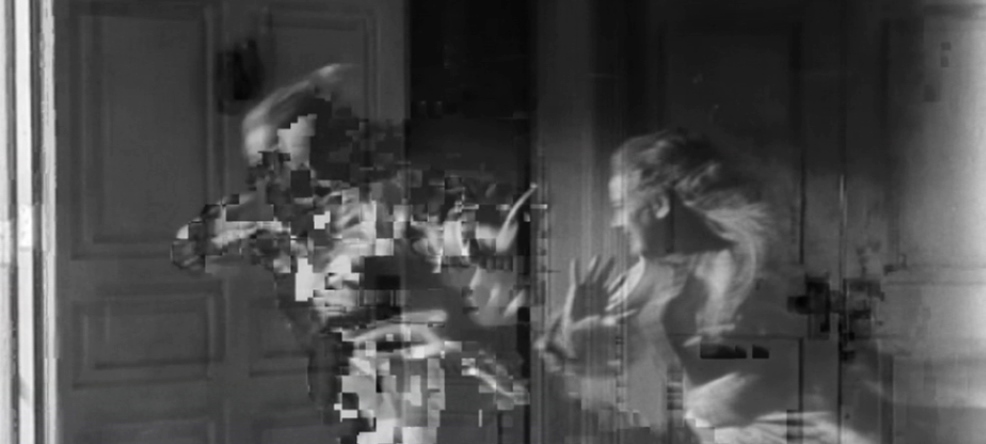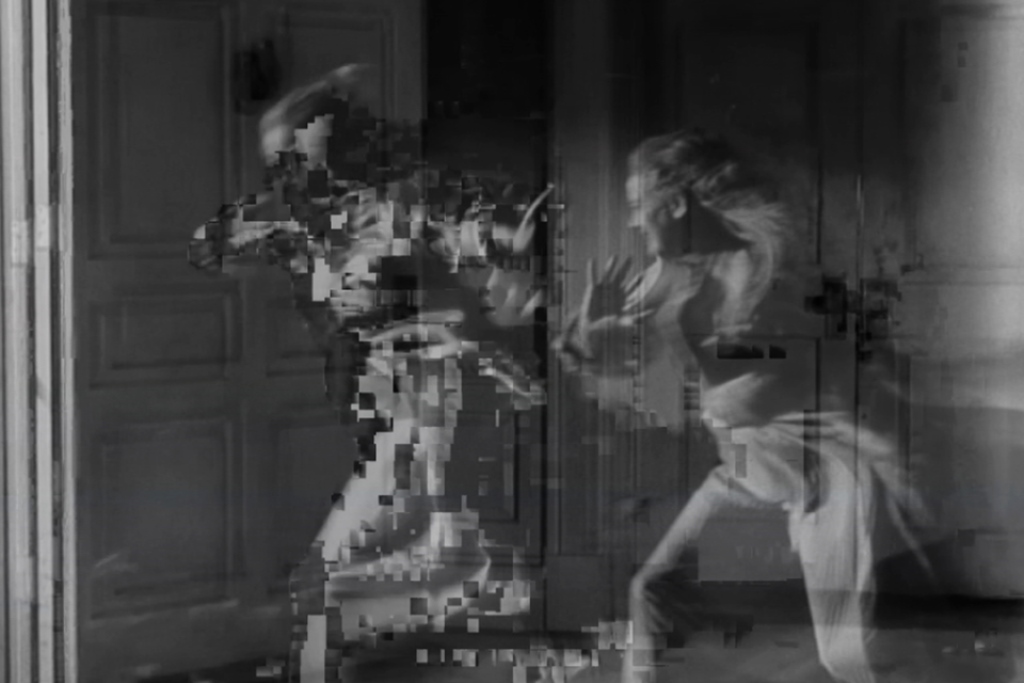
Séance Fiction

The exhibition Séance Fiction at The Banff Centre in the Canadian Rockies invites us to think broadly about art as mediumistic communication – as something that channels other times and facilitates moments of contact between what is, what has or might have been, and what could come to be.
Behind The Banff Centre in the Canadian Rockies there’s a mountain called Tunnel Mountain. There’s no tunnel in this mountain, but we call it Tunnel Mountain because, well, everyone else does. It started when some guy who was surveying the land for the Canadian Pacific Railway construction in the nineteenth century thought that it would be a good idea to put a tunnel through the mountain. It wasn’t, so they didn’t. But the name, as names sometimes unpredictably do, stuck. Now when people refer to Tunnel Mountain they refer to the tunnel that is not there, the tunnel that has never been there. And history is full of such tunnels; misguided propositions, abandoned projects, and passageways that linger on or reappear even when they were not built.
Inside the Walter Phillips Gallery at the bottom of the tunnel-less Tunnel Mountain, I’m watching black-and-white footage shot in Palmelo, a small town in Brazil where half the inhabitants are Spiritist mediums who also work as civil servants. Tamar Guimarães and Kasper Akhøj’s film installation A Família do Capitão Gervásio [Captain Gervasio’s Family] (2013/2014) focuses on Palmelo’s Spiritist community, and one woman’s visits, during her sleep, to twenty ‘astral cities’ which are said to hover above Brazil. This work provides the most literal thematic anchoring for the gallery’s current exhibition Séance Fiction, which invites us to think broadly about art as mediumistic communication – as something that channels other times and facilitates moments of contact between what is, what has or might have been, and what could come to be. Curated by Peta Rake, the exhibition presents work by four solo artists and three collaborative duos.
Guimarães and Akhøj’s 16mm film is screened through a noisy old projector on a concrete plinth, which is surrounded by custom-made concrete and reclaimed wood benches. Between the austere, achromatic installation and the expensively anachronistic technology, the most palpable ghostly presence being channelled seems to be that of obsolete modernist aesthetics. While there’s a sophisticated evocation of Brazil’s interrelated histories of nation building, colonialism, utopian ideals and Spiritism, I’m dubious about the presentation here. The film shows muted images of Palmelo residents engaged in Spiritist healing activities – activities which are only vaguely identified, if at all – interspersed with sober, formalist shots of Brazilian natural landscapes and modernist buildings and interiors. Despite appearances, this is recent footage – so why are these living people being represented in this way? It sets up a discomforting gaze, recalling Johannes Fabian’s warnings about anthropologists who deny the contemporaneiety of their subjects by consigning them to imagined pastness or timelessness.
Cinema recurs throughout Séance Fiction – in both technical form and thematic content. The entire back wall of the gallery is given to Canadian filmmaker Guy Maddin’s 11-channel video installation Hauntings I (2010), which was conjured into being as a tribute to the gaps in cinema’s history. Maddin has spent years collecting stories about old films that were lost, cancelled, destroyed or abandoned, and Hauntings is his attempt to make them present as ghostly fragments of unrealized potential. As with his feature-length films, these clips mimic the imagery and style of early cinema – but only partially. Appearing both old and new, they haunt and taunt the present with mimetic flashes of what could have been.
In a room next to Maddin’s revival of films that do not exist, there’s a repurposing of several films that do, in Soda_Jerk’s two-channel video installation The Time That Remains (2012) – a clear highlight of the exhibition. Hollywood classics including Jezebel (1938), Possessed (1947) and What Ever Happened to Baby Jane? (1962) are shrewdly broken up and reordered to show Joan Crawford and Bette Davis terrorised by the passage of time and haunted by their future selves. Time still tends to take a specific toll on women’s bodies (see Lynne Segal’s recent book Out of Time), especially when those women are movie stars – and here its effects induce panic and trauma. Soda_Jerk’s melodramatic remix is beautifully choreographed, drawing out untapped alternate narratives from existing material, and dealing with the body as a multi-temporal site.
The exhibition’s main proposition is that we “think of artists as mediums.” This risks sounding like a dated glorification of the artist as a privileged being imbued with special powers, but there are other ways to respond. To consider artists as mediums could also be to move away from problematic ideals of the isolated individual genius who ‘expresses themselves’. If we think in terms of mediumistic communication, to practice as an artist might be to practice non-hubristic attentiveness, sensitivity and receptivity; to listen for other times and voices, for forgotten possibilities and alternative configurations – and to give some sort of communicable form to what is received. Because mediums don’t just receive – they pass on, allowing otherwise blocked movement by opening up the space in-between.
The political implications of this sort of inquiry could have been drawn out more in Séance Fiction. Many factors – including censorship, copyright laws and various forms of historic revisionism – currently control access not only to our pasts but also to our futures. The playing field is not neutral, and the possibilities are not evenly distributed. So which voices from the past can we hear, and which possible futures should be made present? Who gets to decide, and for whom? What does it actually mean for our present conditions if artists open up pan-temporal communication and reorder the time we have?
At the start of her 1985 novel Always Coming Home, sci-fi author Ursula K. Le Guin sets the scene by telling us that her characters “might be going to have lived a long long time from now.” This long long time from now is neither something shut off in the past nor an anticipated future, but a chrono-illogically alternate present. It’s a radical potentiality that spans various tenses, taking us beyond impotent nostalgic/ utopian/ dystopian imaginings by reminding us that other possibilities for time are already latently present. Near the entrance to the Walter Phillips Gallery, a small presentation of works by Maggie Groat forms the most lo-fi, subtle and unmonumental – but also the most imaginatively demanding – part of the exhibition. Groat’s artist publication Studies for Possible Futures (2010-2011) is shown alongside a constellation of small found and modified objects that are referred to as ‘tools for a future’. They have no prescribed use, but they suggestively activate the present by declaring themselves to be useful in unrealized ways. They’re repurposed, indeterminate objects that exist for a different time – but they also exist right now.
Séance Fiction
Walter Phillips Gallery, The Banff Center, Canada
May 2 – July 26, 2015
Amelia Groom


